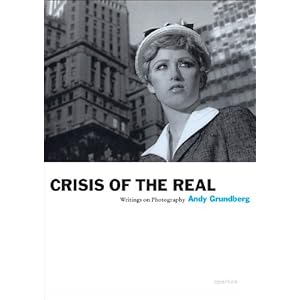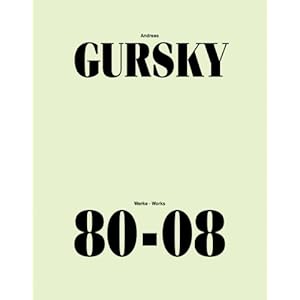This book compiles a series of essays written in the late 80's questioning the nature of photography in the postmodern world. The treatment as a series of short articles each discussing a specific genre or photographer makes this an excellent reference to place a photographers work in context of others and versus the debates of the day. Most of the photographers are from the usual pantheon of American artists, the author was a journalist for the New York Times, and the articles tend to relate to exhibitions taking place at the time. The lack of photographs illustrating the text can be a problem, but is easily remedied via the web or by reference to other books.
The principal thread of the book is an ongoing discussion of how photographs come to be seen as art and where a given photographer contributes or not. What fascinated me in the earlier parts of the book was the first real criticism I have seen of Ansel Adams. In the introductory books on photography Adams tends to be eulogized, here he is praised, but also criticized for his presentation of a perfect natural world that in fact does not exist. This is an element of the discussion of whether a photograph has any claim to represent reality or whether it is simply a reflection of the artists personal view of reality. In this context he contrasts the work of the two Adams's, Ansel and Robert, both of whom image very similar natural landscapes, but from dramatically different viewpoints. Ansel's vision is of a wilderness untouched by man, Robert presents the wilderness as it is now, full of people often inspired to be there by Ansel's work in the first place. Both are accurate renditions of scenes, neither tell the truth.
This comparison is at the heart of my understanding of this text. Grundberg moves from the modernist tradition led by Stieglitz, through other artists such as Weston, Minor White, Nagy, Riis, Adams towards more contemporary artists such as Friedlander, Cindy Sherman, Winogrand, and Sternfeld. In each case he asks the question, is this art and how does it relate to contemporary thinking (well late 80's). He also covers the crisis induced by television on documentary photography and how what was once seen as cutting edge news reporting is increasingly being consumed on gallery walls rather than newspaper pages.
This is not an easy book to read and some chapters I chose to skim with an intent to return as I learn more about the issues discussed, however, this is an excellent critical overview of American photography and how the art world sees photographic imagery.
I have now turned to a more introductory text, "Photography, a Critical Introduction" edited, by Liz Wells, hopefully to make more sense out of what I have read in Grundbergs book and also Charlotte Cotton's "The Photograph as Contemporary Art".
Finally I am also gradually expanding my collection of photo books by artists that I particularly admire. On the recommendation of my tutor I have taken a look at Andreas Gursky's work and obtained the following
Gursky interests me in two ways. First of all his approach is very structural, recent images have strong symmetry and strong colour, secondly as a German and a graduate of the Dusseldorf School, living in Munich I have better access to his work and that of others from the same school. Although I am currently working on Assignment 3, my thoughts are turning towards Assignment 4. As part of that assignment I would be interested to capture some images in a similar vein to Gursky's work



No comments:
Post a Comment